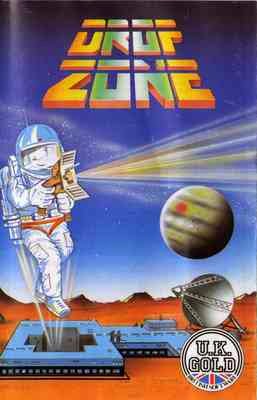Originally designed and developed by Sid Meier for the Commodore 64, with: Software graphics & manual illustrations by Michael O. Haire; Scenario design & Documentation by Arnold Hendrick; Cover & map art by Rebecca Butcher; Print graphics director: Mark J. Ciola; Quality assurance: Alan Roireau.
Amstrad CPC conversion programmed by Stefan Walker, with artwork by Murray Taylor and sounds by Ken Lagace. Released in 1987.
Converted for the IBM-PC compatibles by Randall Don Masteller, with: Graphics and artwork by Michael O. Haire, Andy Hollis, Randall Don Masteller, Gregg Tavares and Murray Taylor; Music and sounds by Ken Lagace. Released in 1987.
Apple ][ conversion programmed by Ed Magnin and Tony Dahbura, with artwork by Michael O. Haire, Murray Taylor and Iris Leigh Idokogi, and sounds by Ken Lagace.
Apple //GS conversion programmed by Ed Magnin and Dan Chang, with artwork by Michael O. Haire, Murray Taylor and Max Remington, and sounds by Ken Lagace and Silas Warner. Both Apple conversions released in 1988.
Also converted for the Macintosh by the MicroProse team, and released in 1988. Further credits unknown. Also converted for the NEC PC-88 and PC-98 computers in 1989, but no further information is known.
Atari ST conversion programmed by Steve Bohrer, Russell Finn and Ken Veale, with graphics by Max D. Remington III and sounds by Ken Lagace. Released in 1989.
Commodore Amiga conversion programmed by Steve Bohrer, with graphics by Kim Biscoe and sounds by Ken Lagace. Released in 1990.
Converted for the Nintendo Entertainment System by Rare Ltd. and released through Ultra Games for the North American market, and through Palcom for the European market in 1991.
---
INTRODUCTION & GAME STATUS
For the last comparison entry for my second year of intense blogging, I have not chosen Defender of the Crown, as I originally planned (as you might have guessed from the preview picture I made last August), because it turned out to be practically impossible for me to do for various reasons. Instead, I was cornered to do one of my earliest and most frequent requests, and certainly a classic: Sid Meier's Pirates! This comparison was made within a three month period, and the resulting entry is the longest single comparison I have made so far. So, before you click on to read further, make sure you have plenty of time and refreshments at hand. Also, a word of warning: *This post is heavy on graphics, so be patient. Also, if your internet deal has a data limit, read this one elsewhere.*
























.jpg)
















